Mescaline VS Psilocybin: What's The Difference?
When it comes to psychedelics, there's no shortage of options, but if you had to choose between two naturally occurring compounds—mescaline or psilocybin—which would you pick? Keep reading as we compare these highly influential entheogens.
Even if you have little interest in the world of psychedelics, you may have heard of both mescaline and psilocybin. Failing that, you’ve almost certainly heard of the famous sources of these substances—the peyote cactus (among others) and magic mushrooms. The former is teeming with mescaline, while the latter contains an abundance of psilocybin. Still, what is it about these naturally occurring compounds that has earned the interest of scientists and psychedelic aficionados alike?
Understanding mescaline and psilocybin
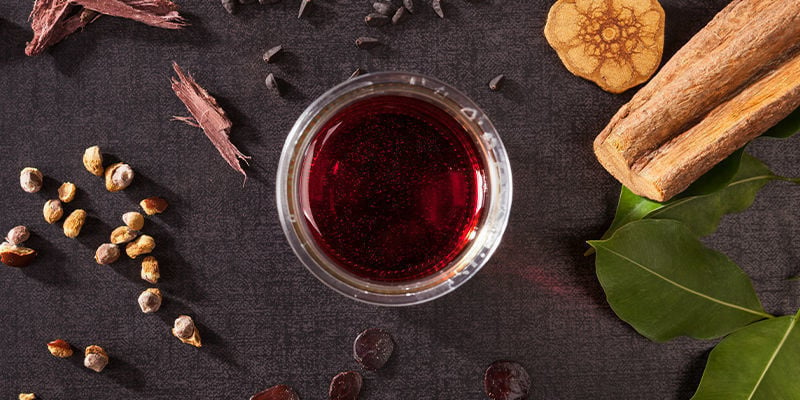
In order to get a better grasp on mescaline and psilocybin, it's helpful to introduce a key term—"entheogen". While it may sound sophisticated, it simply refers to a psychedelic substance, usually of natural origin, used in spiritual or religious contexts. In the case of mescaline and psilocybin, each has played, and in some parts of the world continues to play, a pivotal role in spiritual ceremoni.
Smartshop
Visit the Zamnesia Smartshop for everything from natural herbs, kratom, energisers, and aphrodisiacs.
Mescaline
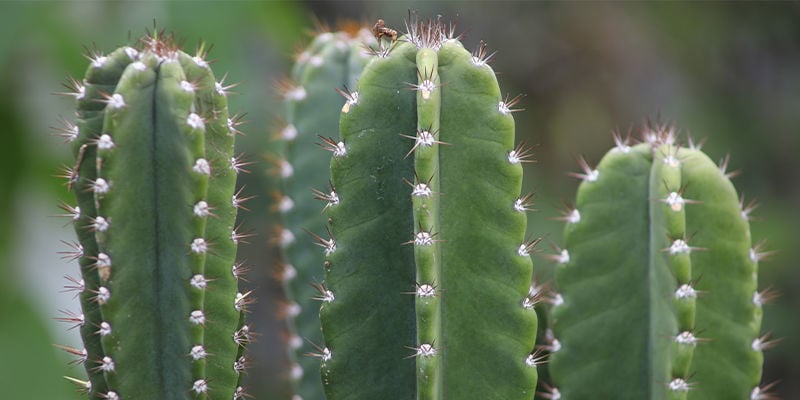
Mescaline has been used for over 5,000 years by Native Americans, while the Aztecs relied on traditional peyote preparations to fuel their religious ceremonies. Though it wasn't the only entheogen the Aztecs engaged with, mescaline was believed to help Aztec warriors in battle, banishing inhibitions and allowing them to channel the spirit of their ancestors.
Regarding its effects, a typical dose of mescaline (200–400 milligrams) induces a unique psychedelic state where colours are more distinct, visual patterns appear from nowhere, time appears to stop, and users experience profound levels of self-awareness. Unfortunately, mescaline cacti have an incredibly bitter taste and can cause bouts of nausea and vomiting, something often referred to as "the purge", symbolising the evil spirits leaving your body.
In modern society, there is a small (but steadily growing) body of research examining the therapeutic effects of mescaline on the mind and body. However, given that the substance is stringently controlled, its availability is limited.
Psilocybin
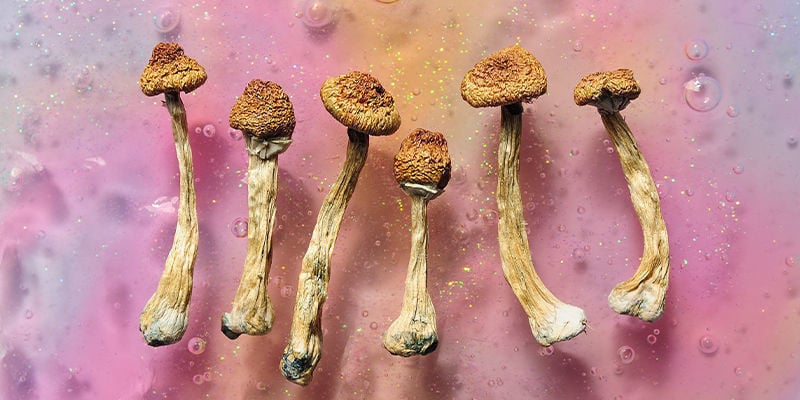
Like mescaline, psilocybin has played an important role in various cultural ceremonies. Furthermore, it has even been hypothesised that psilocybin use could have shaped the human mind at its earliest stage of development—the hominid species that existed over two million years ago. It was renowned psychonaut Terence McKenna that proposed this "stoned ape hypothesis", which posits that psilocybin fungi could have been the catalyst for expanding our primitive minds, supporting the evolution of consciousness, self-reflection, language, and culture.
Whether or not this hypothesis is true, there's no denying that psilocybin has been integral to the development of cultures worldwide. Present in over 200 species of fungi, documented evidence of psilocybin use dates back to the early sixteenth century. Since then, physicians and scientists have been intrigued by the prodrug's influence on the human psyche.
Not only do the intensity and duration of psilocybin's effects vary depending on the amount and type of mushroom you consume, but the body has a unique defence mechanism that prevents users from lethally overdosing. When consumed, psilocybin is quickly metabolised by the body, converting to psilocin. Psilocin interacts with serotonin receptors in the brain to induce changes to perception, comprehension, visual acuity, and more.
Psilocybin is undergoing somewhat of a renaissance regarding research on its therapeutic influence, with numerous small trials underway. While it is not yet possible to make broad assertions about its influence, it's clear that many researchers and medical professionals are eager to continue exploring.
Common sources of mescaline and psilocybin
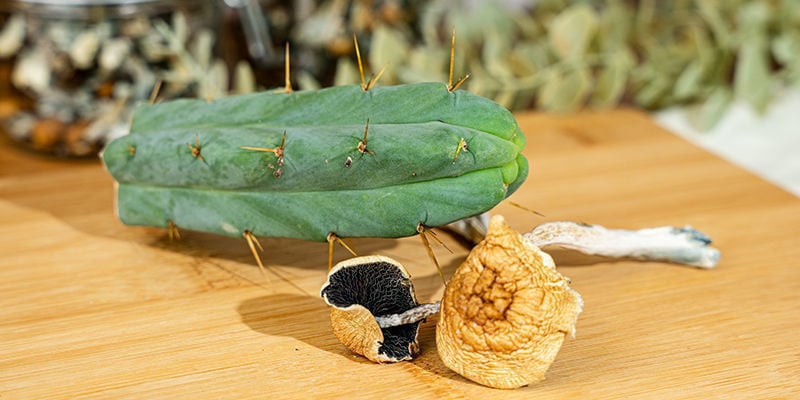
We've touched on it briefly already, but the most common sources of mescaline and psilocybin are certain species of cacti and mushrooms, respectively.
Examples of mescaline-rich cacti include:
-
San Pedro (Trichocereus macrogonus var. pachanoi)
-
Peyote (Lophophora williamsii)
-
Bolivian torch (Echinopsis lageniformis)
-
Peruvian torch (Echinopsis peruviana)
-
Zamnesiana (Echinopsis zamnesiana)
Note that each species above contains varying levels of mescaline, with peyote believed to contain the most.
Examples of psilocybin-rich mushrooms include:
-
Golden Teacher
-
Mexican
-
Cambodia
-
McKennaii
-
Amazonian
Each of the varieties listed above belongs to the broader mushroom species, Psilocybe cubensis. And just like mescaline-containing cacti, the concentration of psilocybin varies depending on the strain.
Comparing mescaline and psilocybin
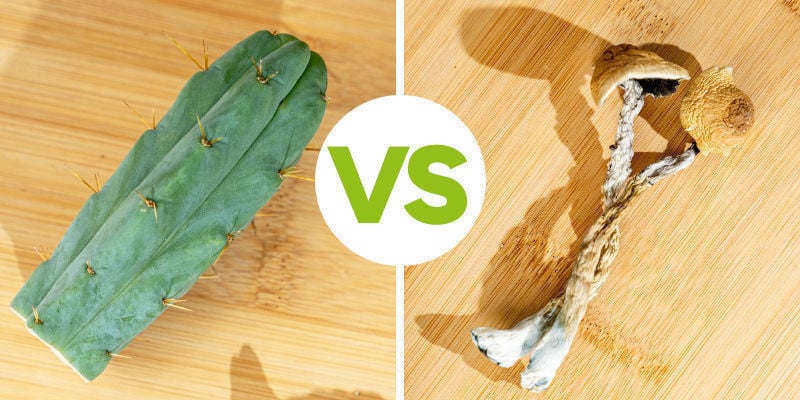
Now that we have a general understanding of the two compounds in question, it's time to compare them. Although mescaline and psilocybin belong to the same class of psychedelic compounds (entheogens), they have some distinct differences in their preparation and potential applications.
Consumption method
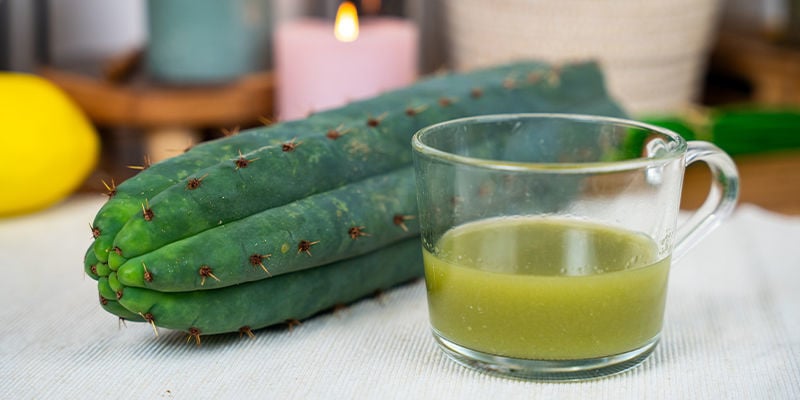
-
Mescaline: The traditional preparation of a peyote cactus is a little more involved than that of its fungal counterpart. Usually, the cactus' heads are cut away and left to dry. Then, you can either submerge the dried, disc-shaped buttons in hot water and drink the concoction, or chew the buttons directly.
Fortunately, drying removes some of the cactus' nausea-inducing taste. If you want to go one step further, you can grind the buttons into a fine powder before encapsulating and swallowing them. Still, the most popular method remains cutting, boiling, and reducing the plant material into a potent mixture.
-
Psilocybin: With magic mushrooms in hand, all you need to do is chew them thoroughly and swallow to ingest the psilocybin within. However, like with mescaline cacti, this can cause unwanted nausea and stomach cramps. This is not because your body is rejecting the psilocybin, but because mushrooms contain a fibrous material called chitin, which your digestive system has a tough time dealing with.
To circumvent this issue (and reduce the amount you have to chew), raw magic mushrooms are often left to dry first, causing them to decrease in size as they lose moisture. From here, you can chew them directly, brew them in tea, add lemon juice (referred to as lemon tek), or even disguise the taste using honey.
Recreational effects
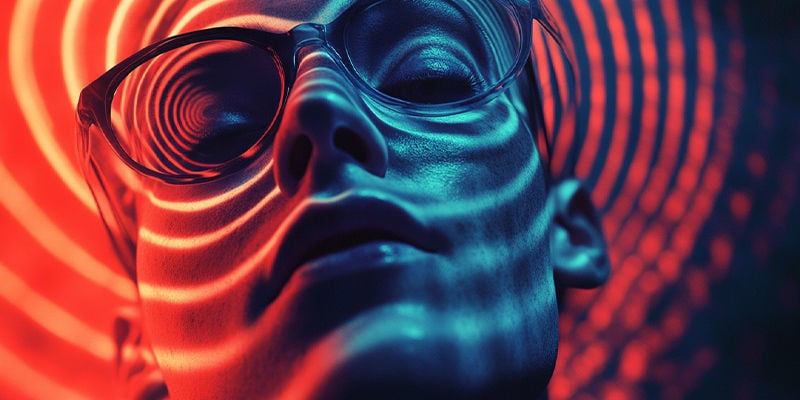
Both of these psychedelic compounds interact with serotonin receptors in the brain, resulting in remarkably similar effects.
Common effects of mescaline include:
-
Euphoria
-
Time distortion
-
Perceptual changes
-
Visual hallucinations (including after images, colour shifting, and geometric patterns)
-
Insightfulness
-
Appetite suppression
-
Ego death (more common in high doses)
Common effects of psilocybin include:
-
Enhanced emotions
-
Euphoria
-
Visual hallucinations (including after images, colour shifting, and geometric patterns)
-
Existential self-realisation
-
Mindfulness
-
Ego death (more common in high doses)
-
Time distortion
Even with the overlap in effects between the two substances, some users describe the visual changes of mescaline as more intense, often referring to them as brighter, with sharper edges and more angular shapes. Conversely, psilocybin tends to induce softer, more organic-looking hallucinations.
Potential risks
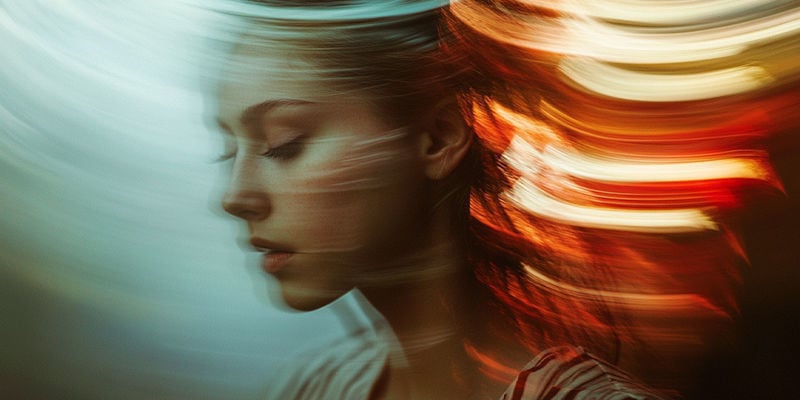
Interestingly, the body has an innate defence against both compounds, self-regulating the activation of the brain's serotonin receptors. As a result, it isn't possible to lethally overdose on mescaline or psilocybin, and repeated consumption within a short period has vastly diminishing returns.
However, even small amounts of both substances can still lead to a slew of adverse effects, especially if mixed with other drugs or taken without consideration for set and setting. These include:
-
Dizziness
-
Anxiety
-
Panic attacks
-
Nausea/vomiting
- Confusion
Medical applications
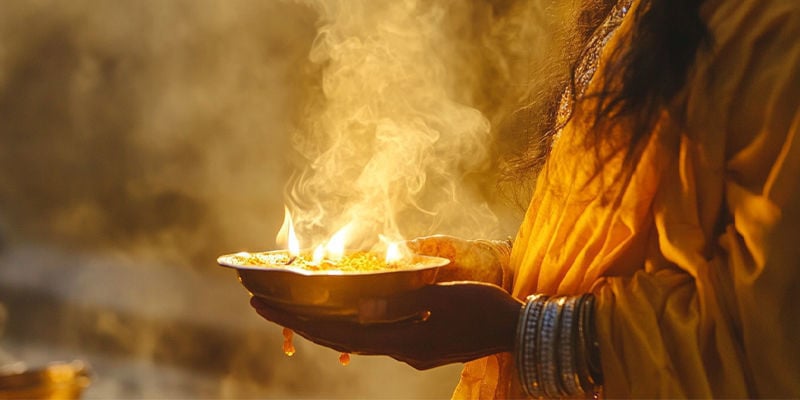
Some might assume that the appeal of mescaline and psilocybin lies in their recreational effects. And while this is true in some cases, both compounds may have much more to offer. After all, the history of these entheogens can largely be traced back to spiritual or religious ceremonies, with many cultures fascinated by their cleansing properties and other powerful effects.
And then we have to consider the therapeutic potential of both. Unfortunately, mescaline is still heavily prohibited, and as such there are very few human studies on its therapeutic influence. Psilocybin, as mentioned, has experienced a significant uptick in clinical studies (Ziff et al., 2022), but we still have a long way to go.
These slow but steady developments go hand in hand with a recent wave of decriminalisation surrounding natural psychedelic substances. Given the compound's unique interactions with receptors in the brain, it is hoped that psilocybin may help to bridge gaps in our understanding of mental health disorders such as post-traumatic stress disorder (PTSD) and treatment-resistant depression (Chesak, 2024).
Is mescaline better than psilocybin?
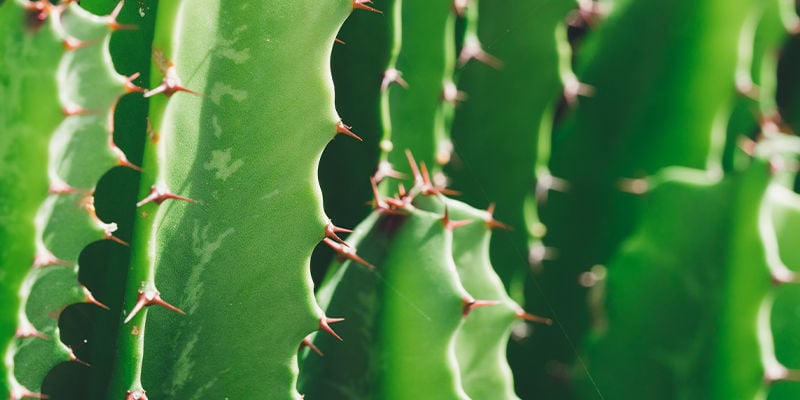
Mescaline and psilocybin may be from distinct kingdoms of life, but their effects on the mind and body are remarkably similar. Both entheogens interact with serotonin receptors in the brain and provide a myriad of perception-altering effects, including intense euphoria and profound self-realisation. However, users often describe the effects of these substances as having a slightly different character. What also separates these compounds is the degree to which they've been studied in a therapeutic context, with psilocybin clearly leading the charge. The hope is that a better understanding of the mechanisms involved will open the doors not just for clinical use of magic mushrooms, but the entire entheogen category.
- Chesak, & J. (21 March 2024). What psychedelics legalisation and decriminalisation looks like around the world. - https://www.bbc.com
- Ziff, S., Stern, B., Lewis, G., Majeed, M., & Gorantla, V. R. (2022). Analysis of Psilocybin-Assisted Therapy in Medicine: A Narrative Review. - https://doi.org
-
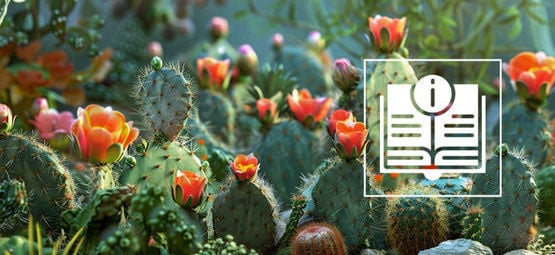 6 min
July 11, 2024
The Ultimate Mescaline Cactus Guide
Mescaline is a time-honoured but often misunderstood drug. Here we aim to demystify it somewhat, and give a general overview of everything you need to know about mescaline cacti!
6 min
July 11, 2024
The Ultimate Mescaline Cactus Guide
Mescaline is a time-honoured but often misunderstood drug. Here we aim to demystify it somewhat, and give a general overview of everything you need to know about mescaline cacti!
-
 3 min
October 29, 2019
Magic Mushrooms Are The Safest Drug
A psilocybin trip can be fun and enlightening, but just how safe is it to trip on magic mushrooms? In this article, we’ll take a deep dive into the world of magic mushrooms, and show you just how...
3 min
October 29, 2019
Magic Mushrooms Are The Safest Drug
A psilocybin trip can be fun and enlightening, but just how safe is it to trip on magic mushrooms? In this article, we’ll take a deep dive into the world of magic mushrooms, and show you just how...
-
 2 min
October 26, 2019
5 San Pedro Cactus Myths Debunked
The San Pedro cactus is a plant native to the South American Andes. It contains mescaline, a psychedelic compound found in numerous other cacti across the Americas. Many myths have evolved around...
2 min
October 26, 2019
5 San Pedro Cactus Myths Debunked
The San Pedro cactus is a plant native to the South American Andes. It contains mescaline, a psychedelic compound found in numerous other cacti across the Americas. Many myths have evolved around...
-
 3 min
October 6, 2018
Top 5 Mescaline Cacti
Mescaline occupies the esteemed podium of naturally occurring hallucinogens along with DMT and psilocybin. The alkaloid can be found in a variety of cactus species. Here are the top 5...
3 min
October 6, 2018
Top 5 Mescaline Cacti
Mescaline occupies the esteemed podium of naturally occurring hallucinogens along with DMT and psilocybin. The alkaloid can be found in a variety of cactus species. Here are the top 5...
-
 3 min
August 20, 2017
How Do Hallucinogens, Dissociatives And Delirium-Inducing...
When most people think of trippy drugs, they automatically think of acid and shrooms. But this category of substances is actually very broad and encompasses a variety of different drugs that fall...
3 min
August 20, 2017
How Do Hallucinogens, Dissociatives And Delirium-Inducing...
When most people think of trippy drugs, they automatically think of acid and shrooms. But this category of substances is actually very broad and encompasses a variety of different drugs that fall...





 United States
United States


